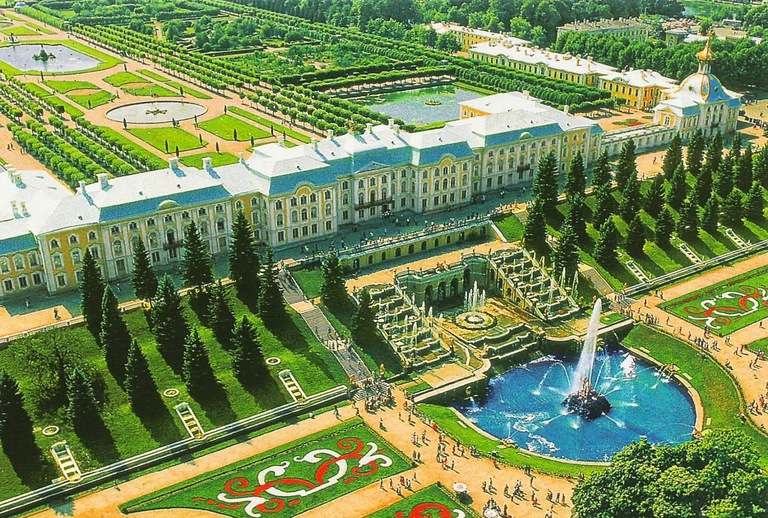
The Historic Centre of Saint Petersburg and Related Groups of Monuments is a UNESCO World Heritage Site located in Saint Petersburg, Russia. It encompasses a stunning array of architectural and cultural treasures, including the iconic Winter Palace, the majestic Saint Isaac’s Cathedral, and the picturesque Palace Square.
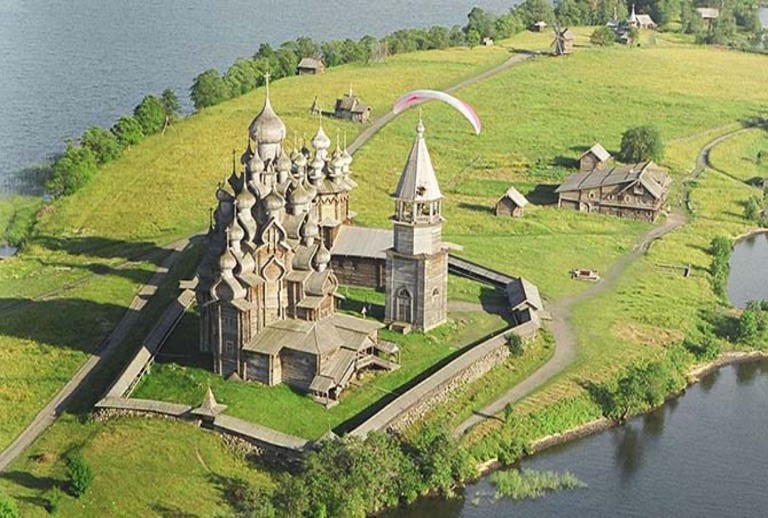
Nestled amidst the serene landscapes of Karelia, Russia, Kizhi Pogost stands as a captivating testament to the region’s rich cultural heritage. This UNESCO World Heritage Site boasts a collection of stunning wooden structures, including the iconic Transfiguration Church with its distinctive onion domes.
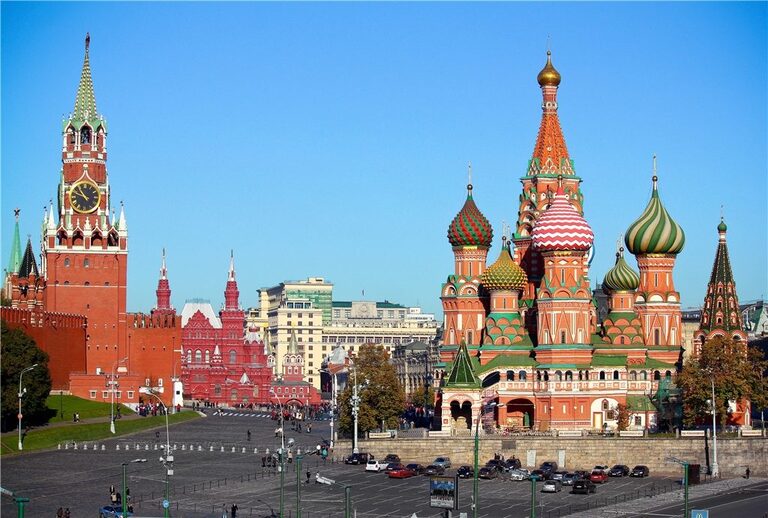
Explore the heart of Moscow’s rich history and culture with a visit to the Kremlin and Red Square. Discover iconic landmarks such as the grand Kremlin Palace, the historic cathedrals, and the imposing walls that have witnessed centuries of Russian history. Immerse yourself in the vibrant atmosphere of Red Square, home to the stunning St. Basil’s Cathedral and the iconic Lenin’s Mausoleum.
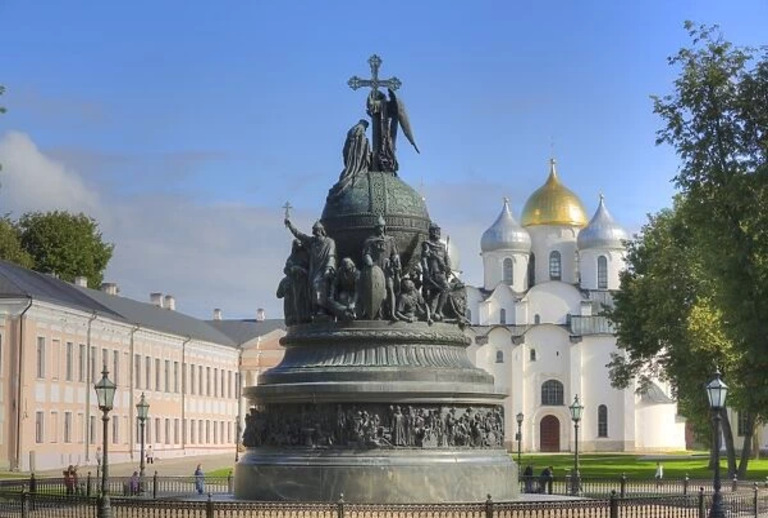
Discover the timeless allure of Novgorod and its surroundings, where history comes alive in the form of majestic monuments. Explore a treasure trove of architectural wonders that have stood the test of time, bearing witness to centuries of Russian heritage and culture. From the ancient walls of the Kremlin to the iconic St. Sophia Cathedral, immerse yourself in the rich tapestry of Novgorod’s past as you wander through its historic streets
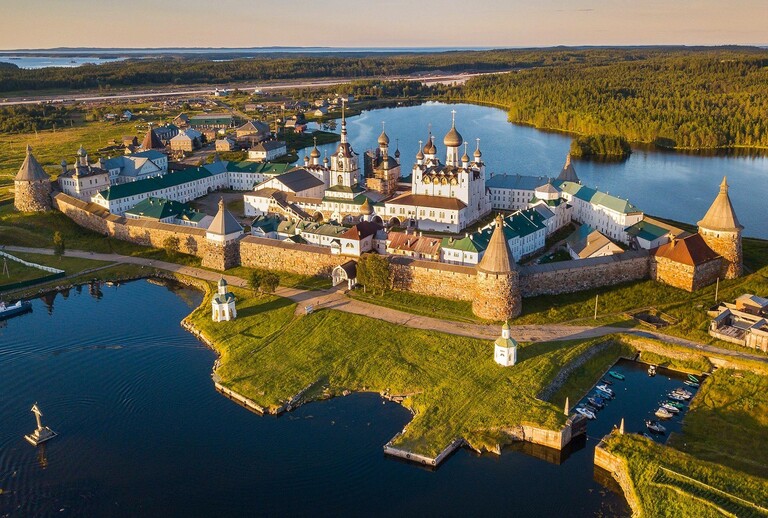
The Solovetsky Islands, located in the Arkhangelsk Oblast of Russia, form a remarkable cultural and historic ensemble. These islands are steeped in history, dating back centuries as a center of religious, military, and penal activity. The ensemble includes architectural treasures such as the Solovetsky Monastery, founded in the 15th century, which served as a religious and political center and later as a notorious forced labor camp during the Soviet era.
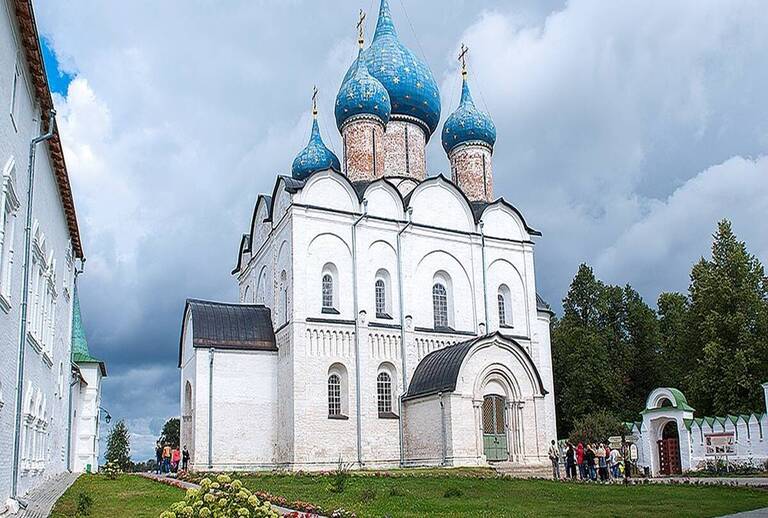
Explore the historic White Monuments of Vladimir and Suzdal in Vladimir Oblast, Russia. These UNESCO World Heritage Sites offer a glimpse into Russia’s rich cultural and architectural heritage. Marvel at the stunning white stone churches, cathedrals, and monasteries that date back to the 12th century.

Christ the Redeemer is an Art Deco statue of Jesus Christ in Rio de Janeiro, Brazil, created by French-Polish sculptor Paul Landowski and built by Brazilian engineer Heitor da Silva Costa, in collaboration with French engineer Albert Caquot. Romanian sculptor Gheorghe Leonida sculpted the face.
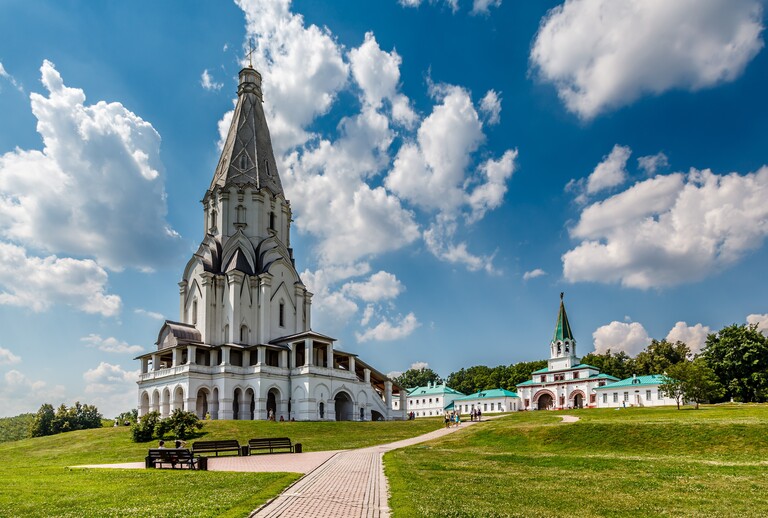
The Architectural Ensemble of the Trinity Sergius Lavra in Sergiev Posad, located in Moscow Oblast, Russia, is a UNESCO World Heritage Site renowned for its significance in Russian religious and architectural history. This ensemble encompasses a stunning collection of churches, cathedrals, and other religious buildings, dating back to the 14th century
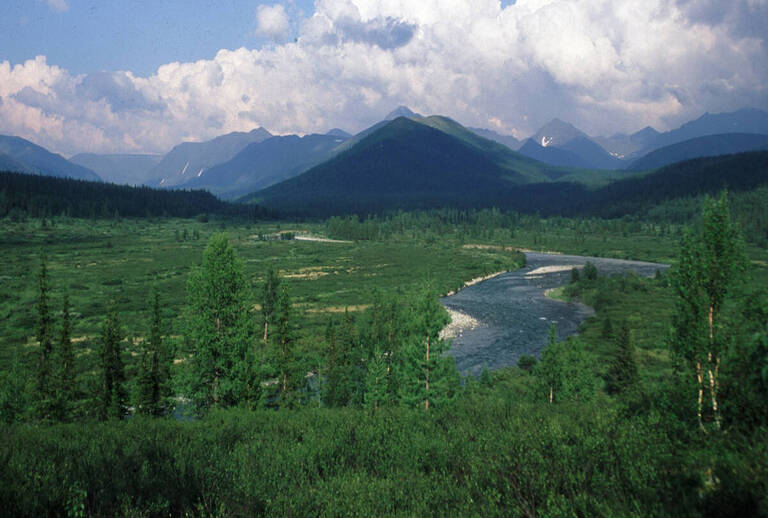
The Virgin Komi Forests, located in the Komi Republic of Russia, stand as a pristine wilderness of extraordinary biodiversity and untouched natural beauty. Spanning vast expanses of boreal forest, these ancient woodlands are a sanctuary for diverse wildlife, including rare species such as the Siberian brown bear and the Siberian flying squirrel.
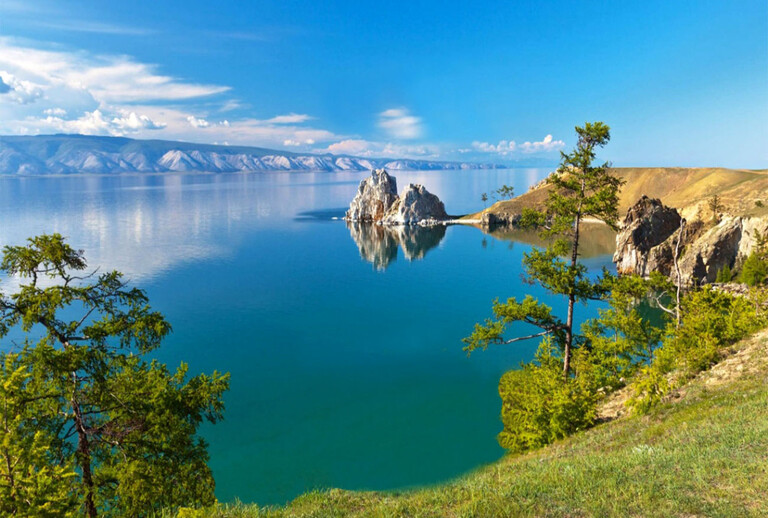
Lake Baikal, nestled in the heart of Siberia’s Irkutsk Oblast and Buryatia, Russia, is a natural wonder like no other. It’s the world’s deepest and oldest freshwater lake, boasting crystal-clear waters that stretch as far as the eye can see. Surrounded by rugged mountains and pristine forests, Lake Baikal is a haven for nature lovers and outdoor enthusiasts alike. Whether you’re exploring its icy shores in winter or basking in the summer sun, the beauty and majesty of Lake Baikal will leave you spellbound.
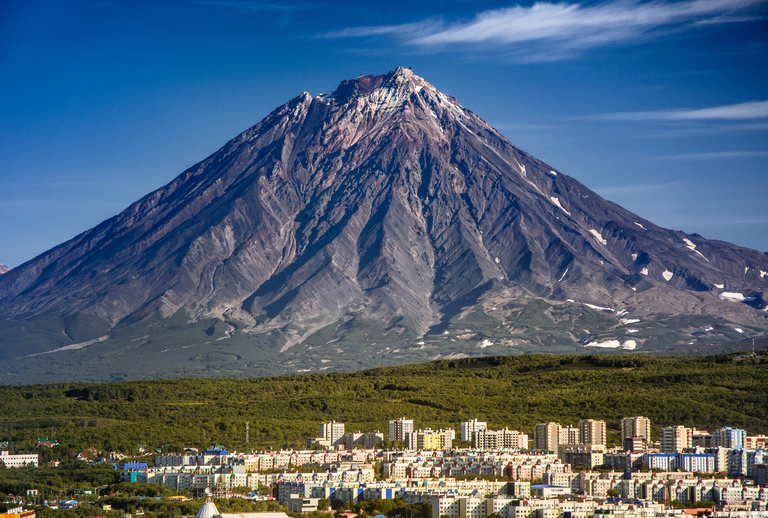
Explore the raw, untouched beauty of Kamchatka Krai, Russia, home to a mesmerizing array of active volcanoes. Witness nature’s fiery spectacle amidst pristine wilderness, where rugged landscapes meet the restless forces of the Earth. A journey to the volcanoes of Kamchatka promises an unforgettable adventure into one of the world’s most awe-inspiring geological wonders.
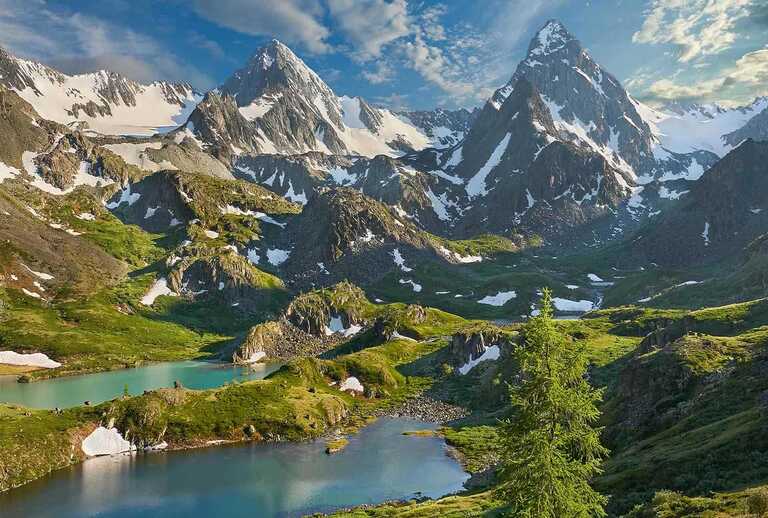
Discover the breathtaking beauty of Russia’s Golden Mountains of Altai, where majestic peaks pierce the sky and pristine wilderness stretches as far as the eye can see. This UNESCO World Heritage Site is a paradise for nature lovers, offering rugged landscapes, crystal-clear rivers, and diverse flora and fauna.
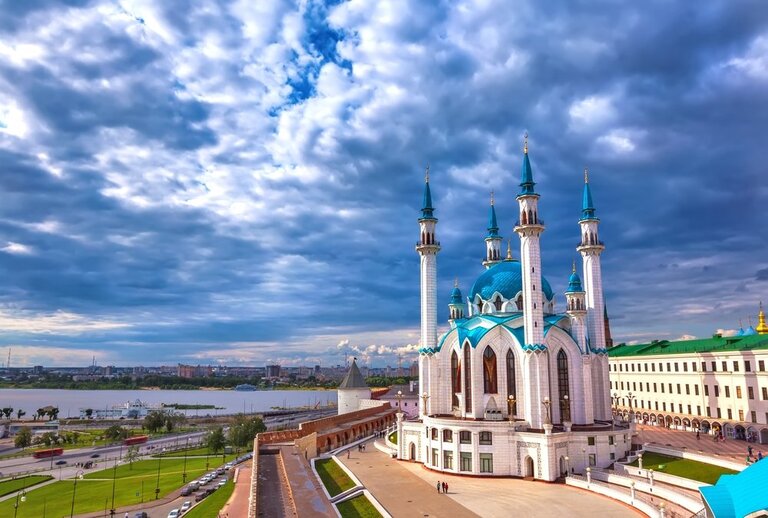
The Kazan Kremlin, located in Russia, is a UNESCO World Heritage Site and a symbol of the city’s rich history and cultural significance. This historic fortress, situated on the banks of the Volga River, boasts a stunning blend of architectural styles, including Russian, Tatar, and Islamic influences.
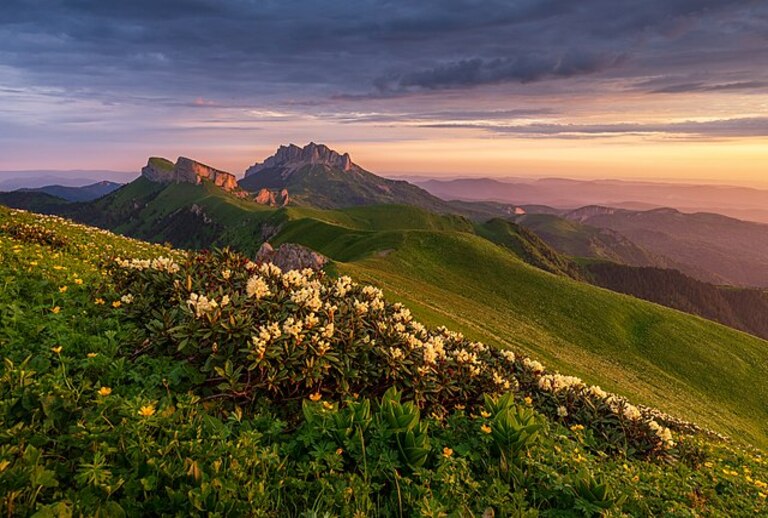
Explore the untamed beauty of the Western Caucasus in Krasnodar Krai, Russia. This rugged and pristine region boasts stunning mountain landscapes, lush forests, and diverse wildlife. From epic hiking trails to breathtaking vistas, the Western Caucasus offers outdoor adventures for every nature lover.
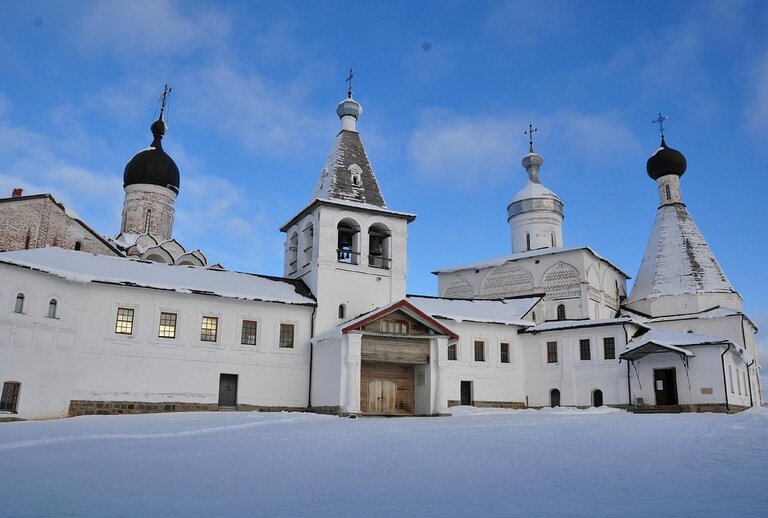
Nestled in the serene landscapes of Vologda Oblast, Russia, the Ferapontov Monastery stands as a testament to Russian medieval architecture and religious history. Founded in the 15th century, this UNESCO World Heritage site is renowned for its remarkably well-preserved frescoes painted by the famous iconographer Dionisy.
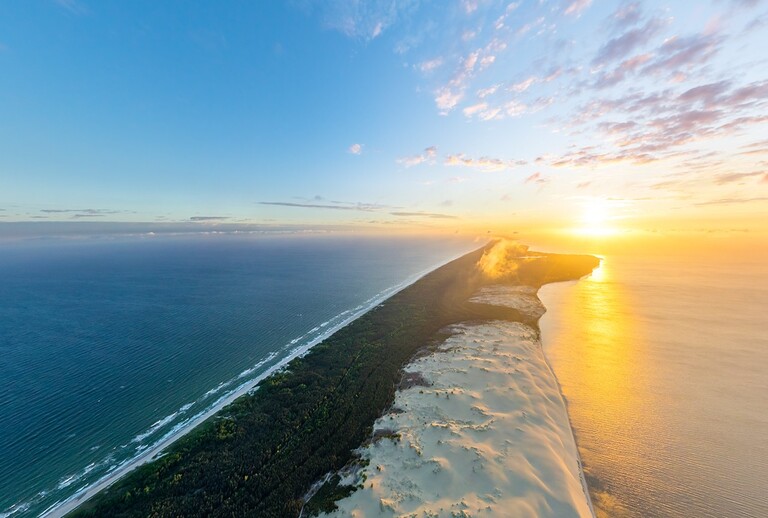
The Curonian Spit is a narrow strip of land located in the Vologda Oblast of Russia. Renowned for its stunning natural beauty and unique ecosystem, this UNESCO World Heritage Site stretches along the Baltic Sea coast, separating the Curonian Lagoon from the Baltic Sea.
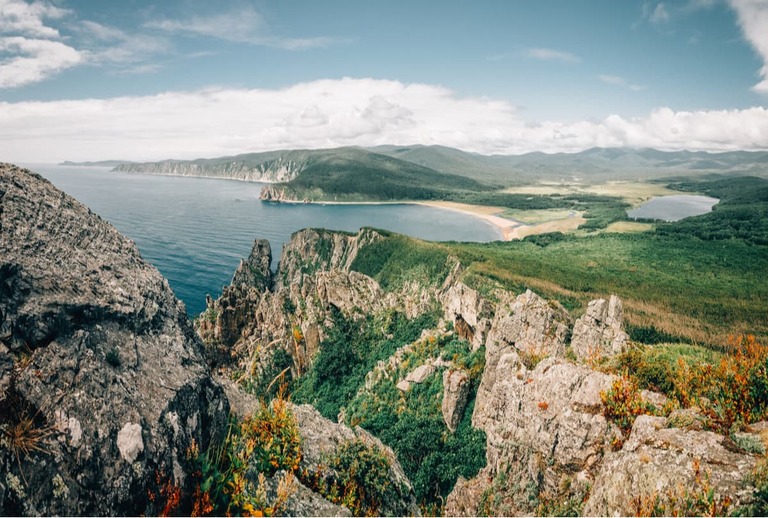
Sikhote-Alin, nestled in Russia’s Primorsky Krai, is a captivating natural wonderland. This UNESCO World Heritage Site boasts diverse ecosystems, including dense forests, rugged mountains, and pristine rivers. Renowned for its unique biodiversity, including the endangered Siberian tiger, it offers adventurous trekking, wildlife spotting, and awe-inspiring scenery.
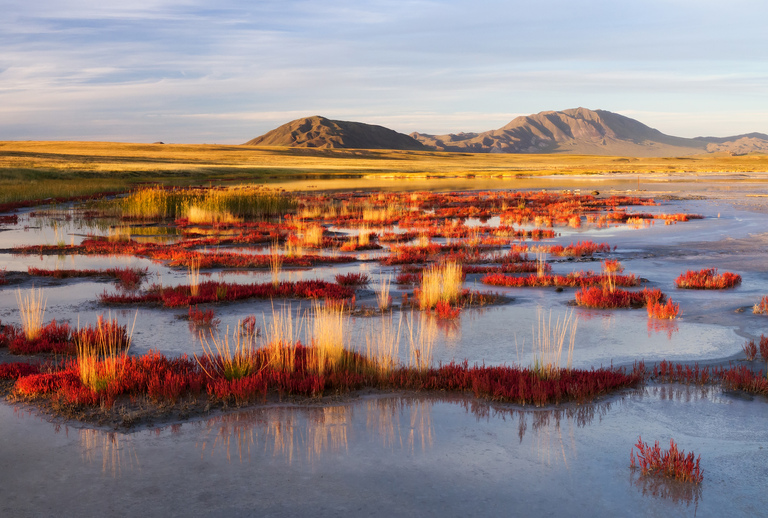
The Uvs Nuur Basin, located in Tuva, Russia, is a UNESCO World Heritage Site renowned for its outstanding natural beauty and ecological significance. This basin encompasses a diverse range of landscapes, including vast steppe grasslands, pristine lakes, and rugged mountains, creating a haven for a rich array of flora and fauna.
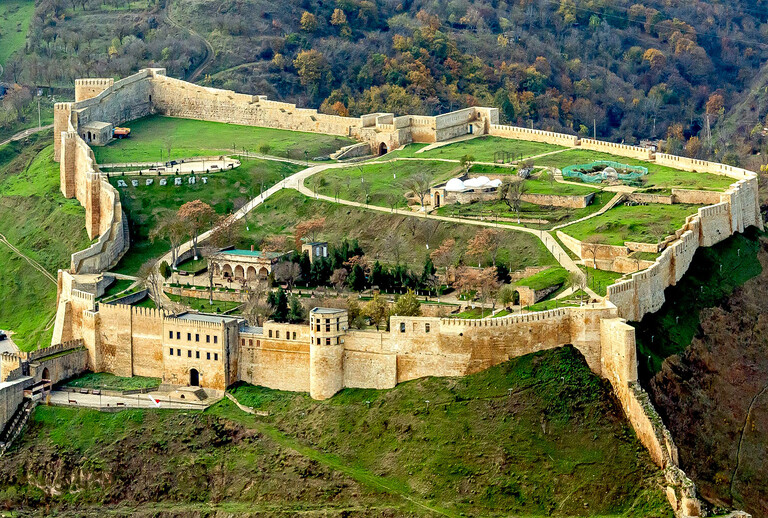
Derbent, located in the Republic of Dagestan, Russia, is a city steeped in history and culture. As one of the oldest cities in Russia, Derbent boasts a rich heritage dating back millennia. Situated along the Caspian Sea coast, it has been a strategic trading hub and a melting pot of diverse cultures for centuries.
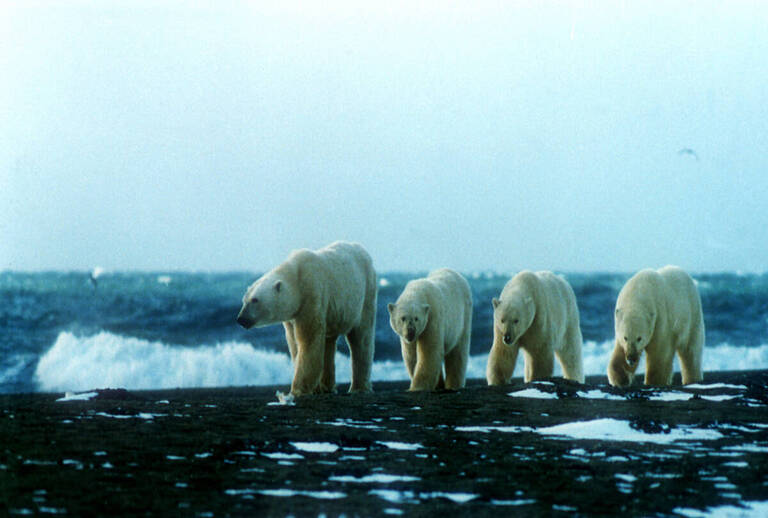
The natural system of Wrangel Island Reserve, located in the Chukotka Autonomous Okrug of Russia, is a pristine and unique ecosystem of immense ecological significance. This UNESCO World Heritage Site is renowned for its exceptional biodiversity and serves as a vital sanctuary for numerous species of flora and fauna.

The Novodevichy Convent, located in Moscow, Russia, is a UNESCO World Heritage Site renowned for its architectural beauty and historical significance. Founded in the early 16th century by Grand Prince Vasily III, it served as both a fortress and a prominent religious center for Russian Orthodox nuns.
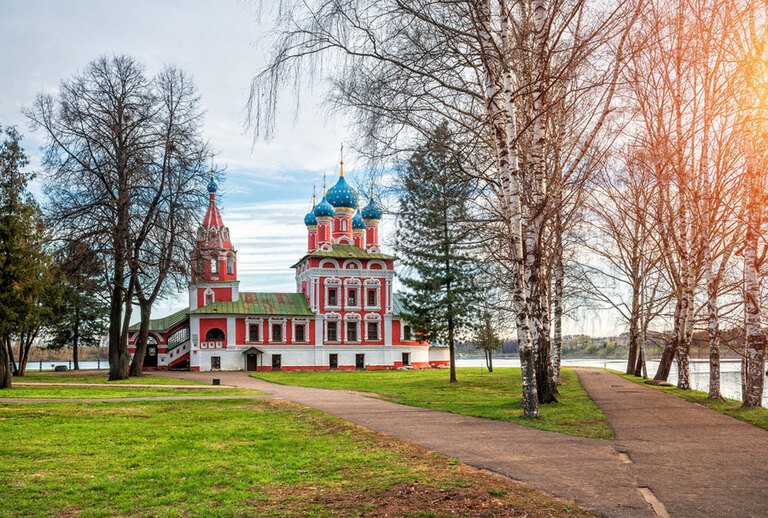
Its well-preserved medieval churches adorned with stunning frescoes, Yaroslavl is a UNESCO World Heritage Site that offers a glimpse into Russia’s illustrious past. The city’s architectural ensemble is characterized by elegant onion-domed churches, colorful merchant houses, and grandiose monuments, creating a picturesque backdrop for exploration.
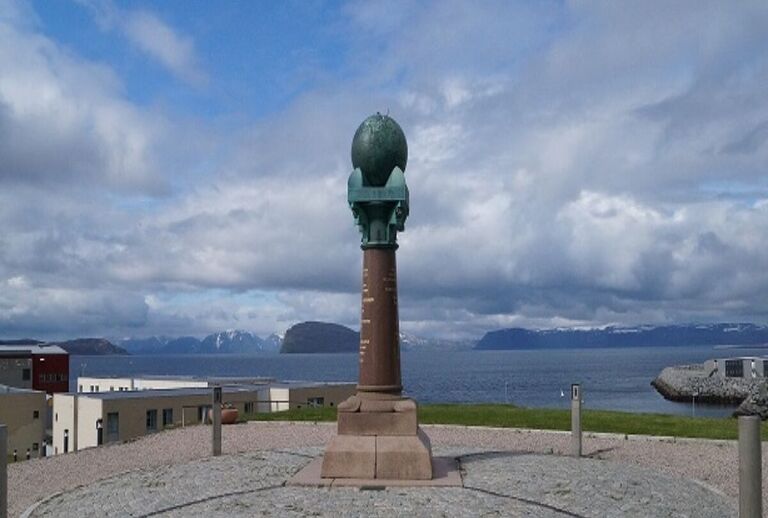
The Struve Geodetic Arc in Russia is a UNESCO World Heritage Site that represents a remarkable achievement in the field of geodesy. It is a chain of survey triangulations stretching over 2,820 kilometers from the Arctic Sea in Norway to the Black Sea in Ukraine, passing through ten countries.
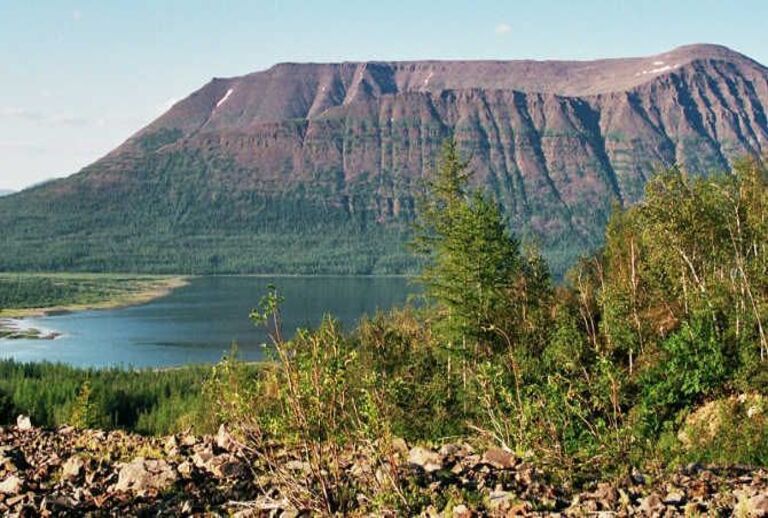
The Putorana Plateau, located in the Krasnoyarsk Krai region of Russia, is a vast and remote wilderness area renowned for its stunning natural beauty and unique geological features. Stretching over 250 kilometers from north to south, and 400 kilometers from east to west, this UNESCO World Heritage Site is characterized by its dramatic landscapes, including towering cliffs, deep river valleys, and expansive tundra.
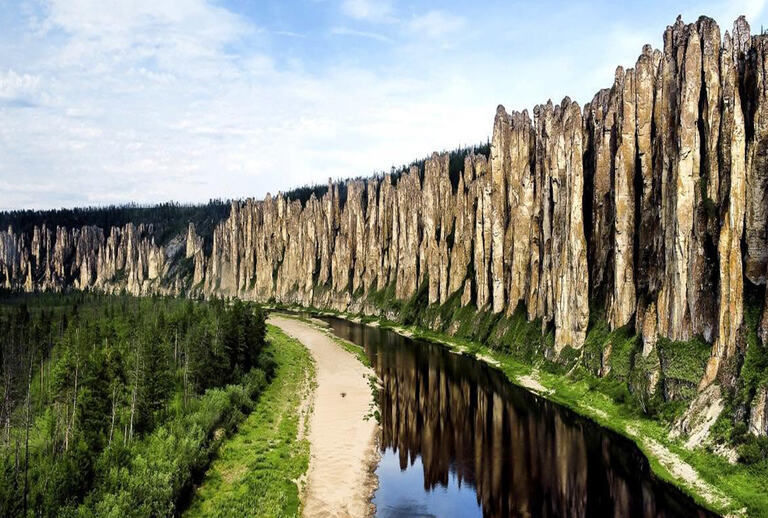
Lena Pillars National Park, located in the Sakha Republic of Russia, is a UNESCO World Heritage Site renowned for its stunning natural beauty and unique geological formations. The park encompasses an area of over 1,200 square kilometers along the banks of the Lena River, where towering limestone pillars rise dramatically from the surrounding landscape, creating a breathtaking spectacle.
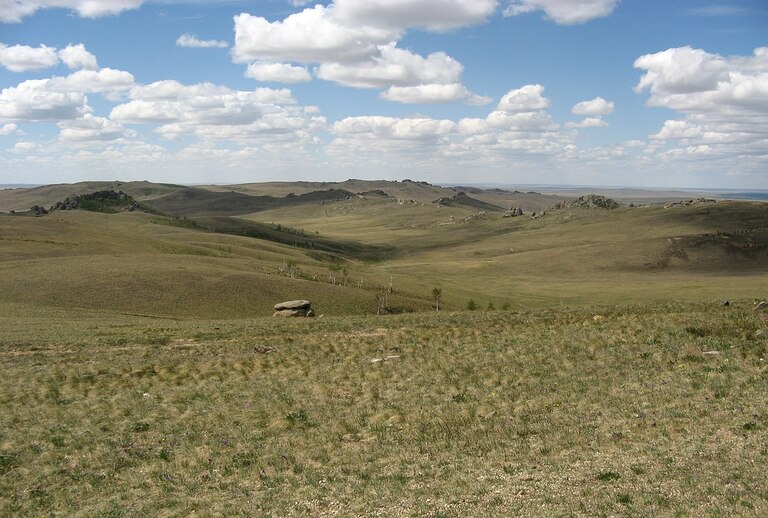
The landscapes of Dauria in Zabaykalsky Krai, Russia, offer a mesmerizing tapestry of natural beauty and biodiversity. Stretching across the borders of Russia and Mongolia, this unique region is characterized by vast grasslands, rolling hills, and expansive steppes, creating a breathtaking vista that seems to stretch to the horizon.
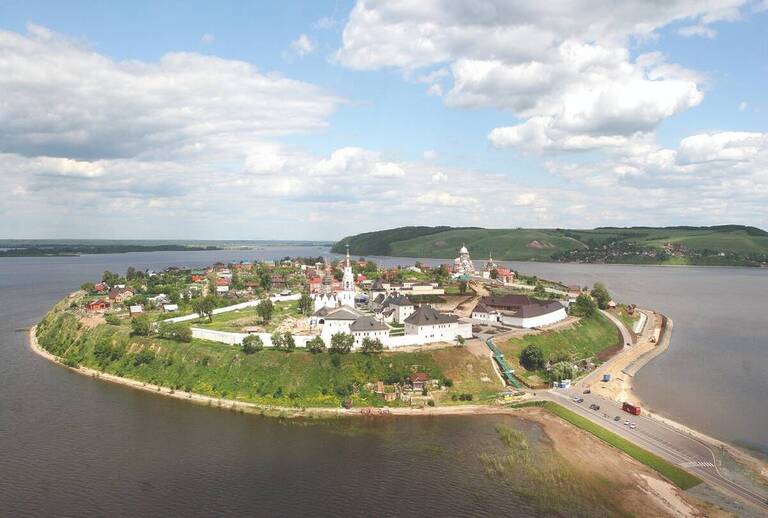
The Assumption Cathedral, also known as the Dormition Cathedral, is the centerpiece of the monastery complex. Constructed in the 16th century, it is renowned for its striking white stone architecture adorned with intricate carvings and decorative elements. The cathedral’s interior is equally impressive, featuring stunning frescoes, iconostases, and religious artifacts that reflect the rich artistic traditions of the region.

The Churches of the Pskov School of Architecture in Tatarstan, Russia, represent a unique blend of architectural styles and cultural influences. Dating back to the 14th and 15th centuries, these churches are characterized by their distinctive features such as onion domes, intricate brickwork, and vibrant frescoes.

The Petroglyphs of Lake Onega and the White Sea in Russia are a fascinating testament to the ancient civilizations that once inhabited the region. Dating back thousands of years, these intricate rock carvings offer a glimpse into the spiritual beliefs, daily life, and cultural practices of prehistoric communities.
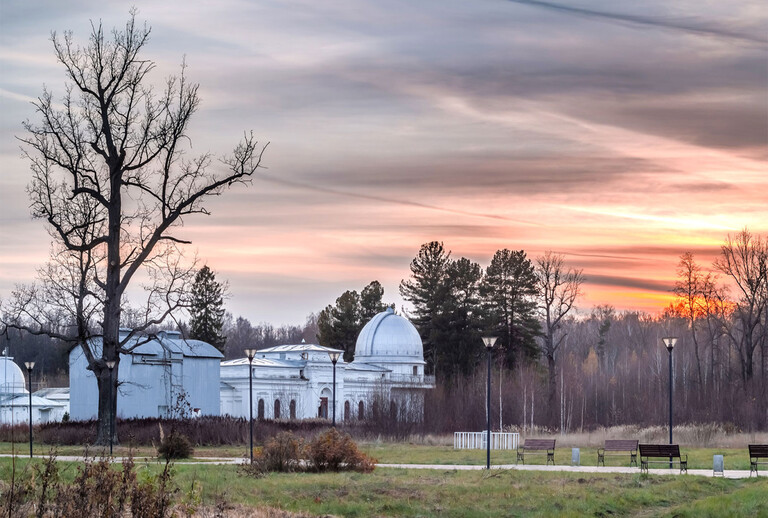
The Petroglyphs of Lake Onega and the White Sea in Russia are a fascinating testament to the ancient civilizations that once inhabited the region. Dating back thousands of years, these intricate rock carvings offer a glimpse into the spiritual beliefs, daily life, and cultural practices of prehistoric communities.
Feel free to reach out to us anytime; we’re here to assist you with a smile and personalised support tailored to your destination trip. – Maria Swiss (Your Destination Guide)
Feel free to reach out to us anytime; we’re here to assist you with a smile and personalised support tailored to your destination trip. – Maria Swiss (Your Destination Guide)
